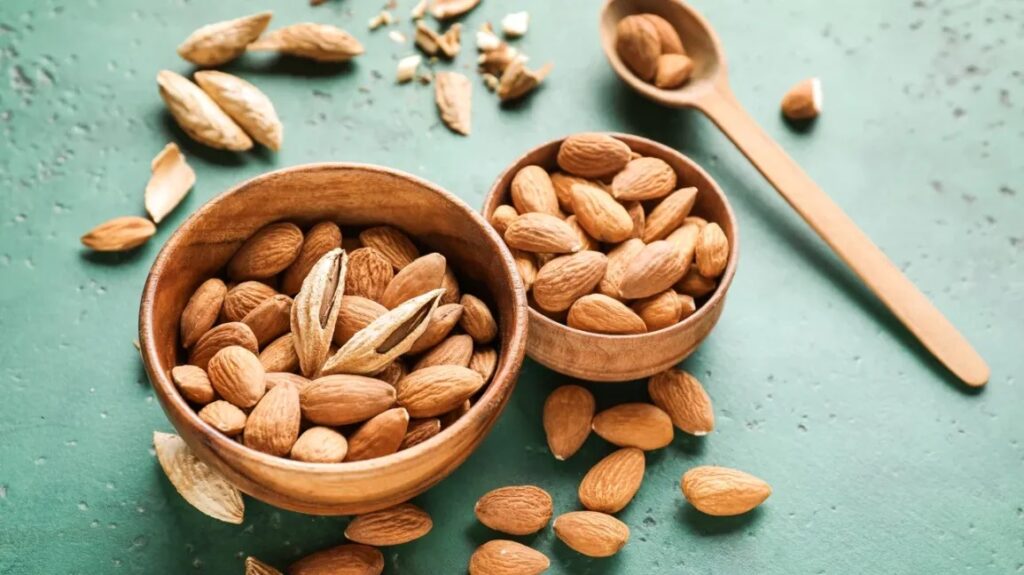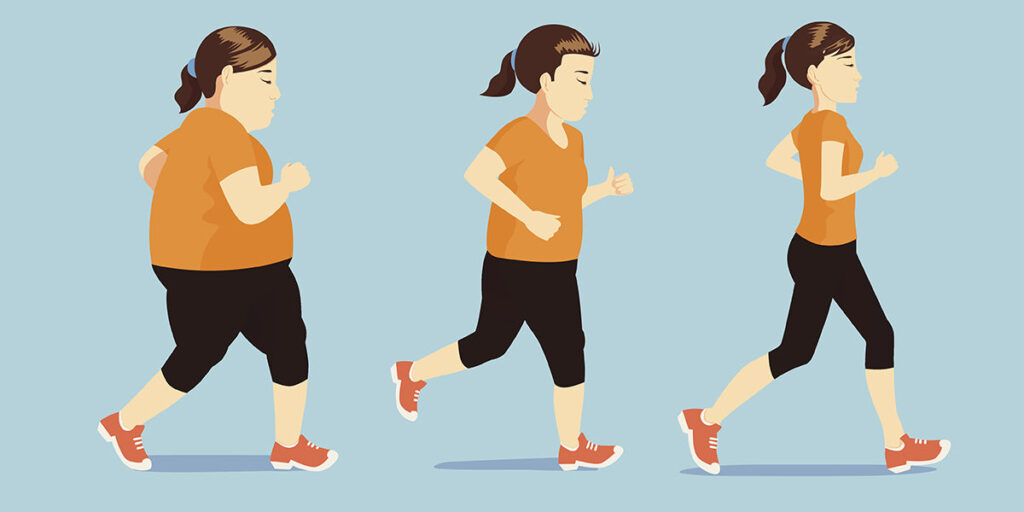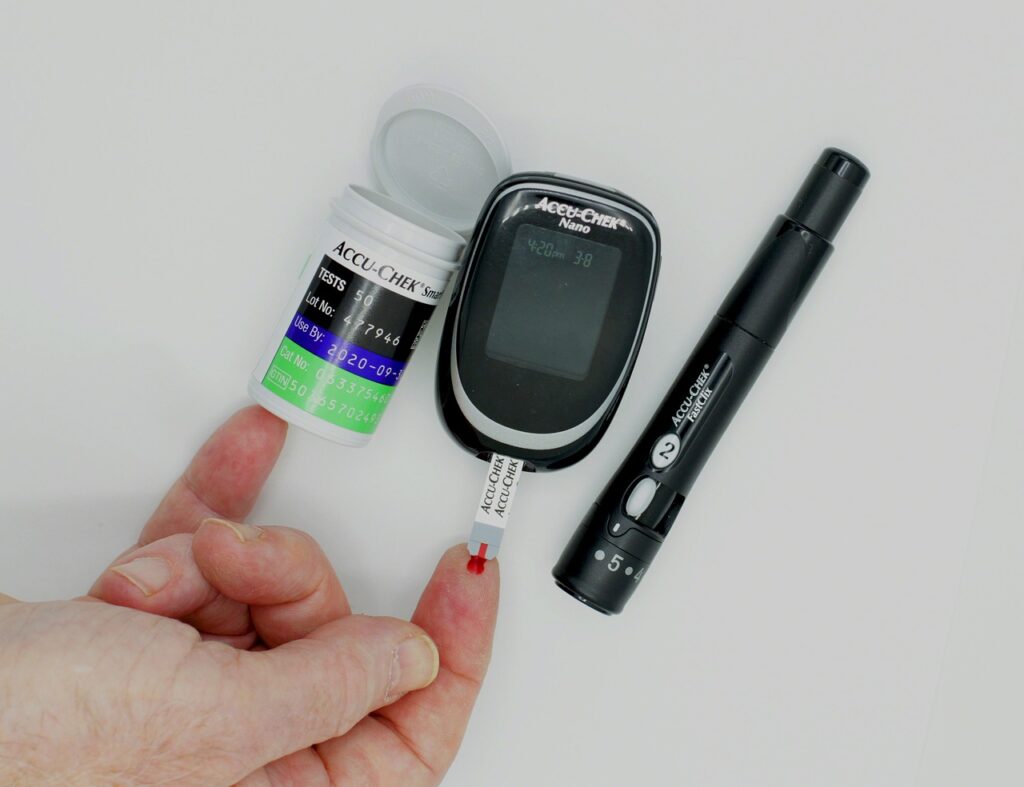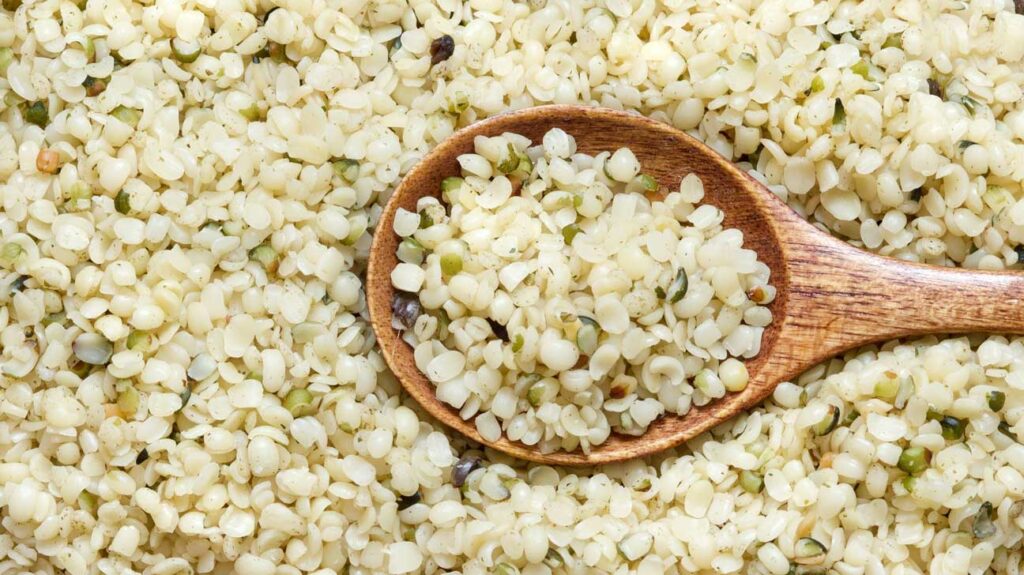In the ever-evolving landscape of diet and nutrition, the high protein low carb diet has emerged as a popular and effective dietary strategy for several health benefits including weight loss, muscle maintenance and blood sugar control. This comprehensive guide aims to explore the principles, benefits, potential drawbacks, and practical tips for implementing a high protein low carb diet effectively. By the end of this article, you’ll have a clear understanding of why this dietary approach has gained such acclaim and how it can benefit you to attain your desired fitness goals.
Understanding the High Protein Low Carb Diet…
As its name suggests, a high protein low carb diet is characterized by two main things which you might have already guessed.
High Protein Intake
This diet places a strong emphasis on consuming ample protein from sources such as lean meats, poultry, fish, eggs, dairy products, and vegetarian as well as vegan options like tofu, legumes, and nuts.

Low Carbohydrate Intake
It limits the consumption of carbohydrates, particularly those from sources like refined and simple carbs found in sugary foods, bread, pasta, and starchy vegetables. Instead, it encourages the consumption of complex carbohydrates found in non-starchy vegetables, leafy greens, and certain grains.
Benefits of a High Protein Low Carb Diet
Now, let’s explore the multitude of benefits associated with high protein low carb diet.
Weight Loss and Fat Loss
- Appetite Control: High protein intake is known to induce greater feelings of fullness and reduced hunger. This can result in a lower overall calorie intake, making it easier to lose weight.
- Increased Calorie Expenditure: The thermic effect of food (TEF) for protein is higher than that for carbohydrates and fats. This means that your body expends more calories digesting and metabolizing protein, potentially increasing your overall calorie expenditure.
- Preservation of Lean Muscle Mass: During weight loss, a high protein intake helps preserve lean muscle mass. This is crucial for maintaining metabolic health and ensuring that the weight lost primarily consists of fat.

Blood Sugar Management
- Stabilized Blood Sugar Levels: Reducing carbohydrate intake can lead to more stable blood sugar levels, which is especially beneficial for individuals with type 2 diabetes or those at risk of developing the condition.
- Reduced Post-Meal Insulin Spikes: A low carb diet can help minimize the post-meal spikes in insulin levels, potentially reducing the risk of insulin resistance and type 2 diabetes.

Improved Body Composition
- Muscle Development: High protein intake supports muscle growth and repair, making it an ideal dietary choice for individuals engaged in strength training or looking to enhance their physique by gaining muscle fast.
- Reduced Body Fat Percentage: Lower carbohydrate intake encourages the body to utilize stored fat for energy, potentially leading to a reduction in body fat percentage.

Enhanced Satiety and Reduced Cravings
- Less Hunger: Protein-rich foods are renowned for their appetite-suppressing effects. They help reduce cravings and the desire to snack between meals, making it easier to stick to a calorie-controlled diet.
- Improved Food Choices: The restriction of simple carbohydrates encourages the consumption of nutrient-dense, whole foods, contributing to an overall improvement in diet quality.

Cardiovascular Health
- Improved Lipid Profile: Some studies suggest that a high protein, low carb diet may have a positive impact on blood lipid profiles, increasing high-density lipoprotein (HDL) cholesterol (the “good” cholesterol) and decreasing triglycerides.
- Reduced Risk Factors: By promoting weight loss and improving blood sugar control, this diet can help mitigate risk factors associated with cardiovascular diseases such as hypertension and atherosclerosis.

Tips & Methods to Implement a High Protein Low Carb Diet
As we have already explained, implementing a high protein low carb diet involves making dietary choices that prioritize protein while reducing carbohydrate intake. Here’s a general guide to help you get started.
Set Clear Goals
Determine your specific health and fitness objectives, whether it’s weight loss, muscle gain, or blood sugar control. Consult with a healthcare professional or registered dietitian to ensure this diet aligns with your needs.
Calculate Your Macronutrient Ratios
Establish your daily calorie intake based on your goals and activity level. Typically, a high protein low carb diet consists of around 30-40% of calories from protein and less than 20-50 grams of net carbs per day.
Plan Your Meals
- Include lean protein sources such as chicken, turkey, fish, lean cuts of beef or pork, tofu, tempeh, eggs, low-fat dairy products(if you’re not lactose intolerant), etc. Plant-based options include legumes, tempeh, tofu, nuts, seeds, soy products, plant-based protein powders, etc.
- Opt for non-starchy vegetables like leafy greens, broccoli, cauliflower, zucchini, and bell peppers. These are low in carbs and provide essential nutrients.
- Reduce or eliminate high-carb foods like bread, pasta, rice, sugary snacks, and starchy vegetables (e.g., potatoes, corn).
- Incorporate sources of healthy fats like avocados, nuts, seeds, and olive oil for energy, heart health and satiety.

Portion Control
Be mindful of portion sizes, especially with protein and fats. Overeating even low-carb foods can hinder your progress.
Monitor Carb Intake
- Track net carbs (total carbs minus fiber) rather than total carbs. Fiber is generally not counted in low carb diets because it doesn’t significantly impact blood sugar.
- Aim to keep your daily net carb intake typically between 20 to 50 grams, but this can vary based on individual needs and goals.
- Drink plenty of water throughout the day to help with digestion and overall health.
Meal Planning
Plan and prepare your meals and snacks in advance to ensure you have high protein low carb options readily available, reducing the temptation of high-carb foods. Use meal prep containers to portion out meals for the week.
Snack Smart
Opt for high protein low carb snacks like Greek yogurt, cottage cheese, or nuts and avoid sugary snacks and processed foods but if circumstances really force you to eat processed foods sometimes then pay attention to food labels for hidden carbs in those processed foods and condiments.

Exercise
Combine your diet with regular physical activity for better results. Strength training can help build and maintain muscle mass, which is important on a high-protein diet.
Monitor Progress
Track your progress, including weight, energy levels, and how you feel. Keep a food diary or use a nutrition tracking app to monitor your daily intake and progress toward your goals. Periodically reassess your high protein low carb diet as per your need and make adjustments based on your progress and how you feel in order to reach your goals.
Consult a Professional
Before making significant dietary changes, especially if you have underlying health conditions, consult a healthcare provider or a registered dietitian. They can provide personalized guidance based on your needs.
Remember, the effectiveness of any diet can vary from person to person, and it’s essential to choose an approach that aligns with your health goals and suits your individual needs and preferences. Additionally, long-term sustainability is key, so focus on making dietary changes that you can maintain over time.
Sample High Protein Low Carb Meal Plan
Here’s a sample meal plan to provide a practical idea of what a day on a high protein low carb diet might look like.
- Breakfast: Scrambled eggs with spinach and tomatoes, topped with avocado slices.
- Snack: Greek yogurt with berries and a sprinkle of nuts.
- Lunch: Grilled chicken breast with a side salad of mixed greens (lettuce, cucumber, cherry tomatoes) and balsamic vinaigrette dressing.
- Snack: A handful of almonds and walnuts.
- Dinner: Baked salmon with steamed broccoli and small serving of quinoa.

Potential Drawbacks and Considerations
While the benefits of a high protein low carb diet are evident, it’s essential to be aware of potential drawbacks and considerations.
Nutrient Imbalance?!
- Micronutrient Deficiencies: Severely limiting carbohydrate-rich foods like fruits and certain vegetables can lead to micronutrient deficiencies, such as vitamins C and K, as well as fiber.
- Dietary Fiber: A low carb diet may be lacking in dietary fiber, which is essential for digestive health and can contribute to a sense of fullness.
Kidney Complications?!
In some cases, excessive protein intake can place added strain on the kidneys, particularly in individuals with pre-existing kidney conditions. Adequate hydration is crucial when following a high protein diet to help the kidneys process the additional waste products from protein metabolism.
Ketosis and Potential Side Effects
Very low carbohydrate intake can induce a state of ketosis, where the body primarily burns fat for fuel. While this is a goal for some, it can lead to side effects like bad breath, fatigue, and keto-flu during the initial stages.
Sustainability and Individual Variability
Not everyone responds the same way to a high protein, low carb diet. Some individuals may thrive on it, while others may find it difficult to sustain in the long term. The restrictions imposed by this diet can make it challenging to adhere to in social situations or for individuals with specific dietary preferences.
Conclusion
A high protein low carb diet can be a valuable dietary approach for individuals seeking weight loss, muscle gain, improved blood sugar control, and overall health. Its effectiveness lies in the careful balance between protein intake and carb restriction. However, it’s essential to approach this diet thoughtfully, ensuring nutrient adequacy and considering individual needs and tolerances. By doing so, individuals can harness the numerous benefits of a high protein low carb diet while minimizing potential drawbacks, ultimately achieving their health and fitness goals. If you have found this article helpful enough then let us know your thoughts in the comment section. Thanks for visiting and appreciating our work.
